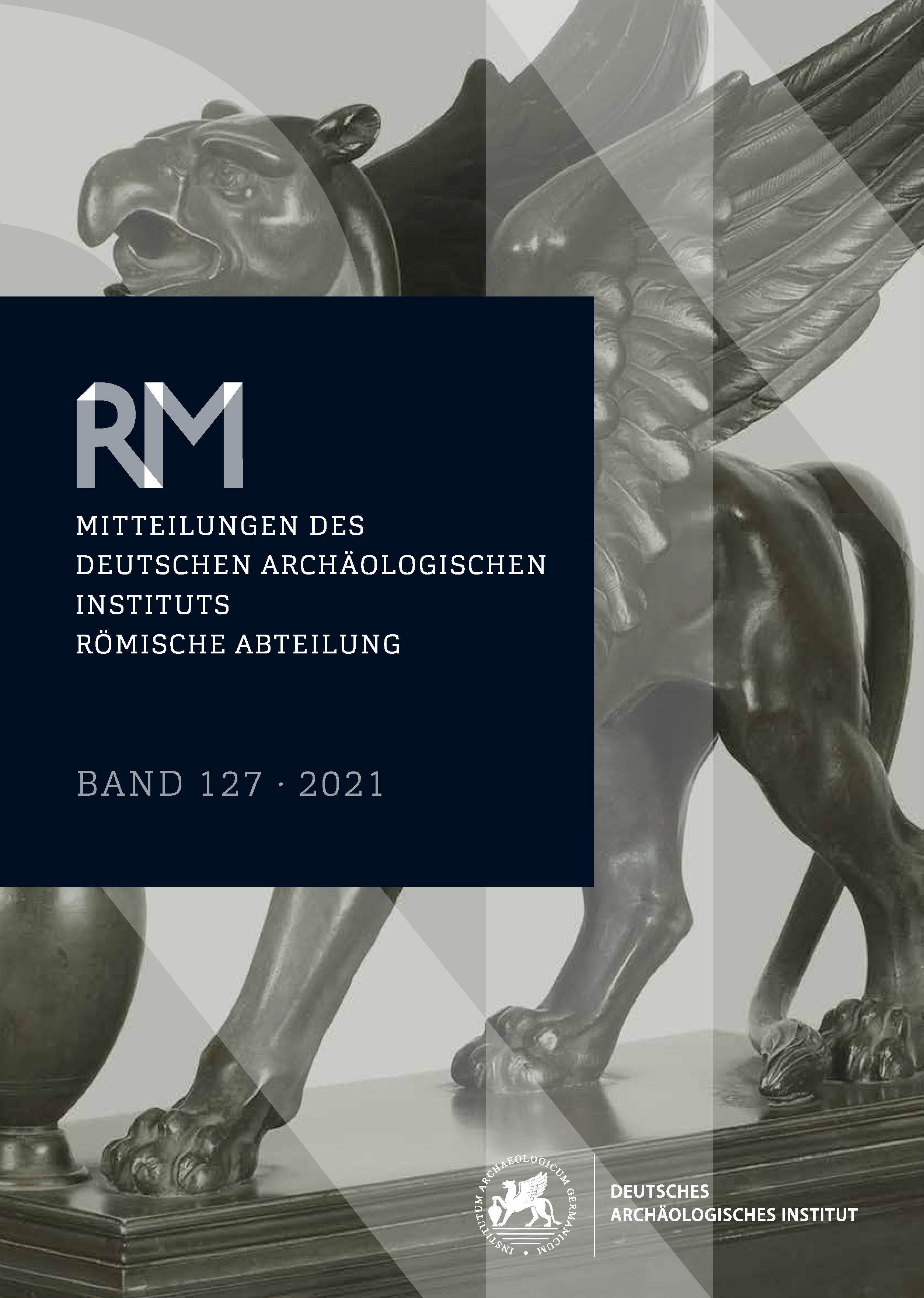The Capitoline Temple of Jupiter.
The Best, the Greatest, but not Colossal
https://doi.org/10.34780/09q1-1e01
Abstract
It is generally assumed that the temple of Jupiter Optimus Maximus was hexastyle, colossal, and occupied a rectangular platform consisting of a grid of cappellaccio walls that matched the measurements provided by Dionysius of Halicarnassus. Yet neither the Greek historian nor any other sources provide this information explicitly. We argue for a smaller, yet still huge, Capitoline temple that occupied one sector of the platform and was eventually framed by a colonnaded portico. The plan of our Tuscan temple matches the surviving foundations, is in accordance with Vitruvius and other sources, and follows the principles of Roman architecture. Its elevation takes into account the latest investigations and the recent finds of terracotta revetments from the Capitoline temple, is consistent with its depictions on coins and marble reliefs, and is supported by the first structural verification of the imperial entablature ever made to date. Finally we re-assess the cultural exchanges between Rome, Etruria, and the broader Mediterranean area in the light of the new reconstruction.
Schlagwörter:
Roman Art and Architecture, Capitoline Hill, Temple of Jupiter Optimus Maximus, Vitruvius, Tuscan Temple





